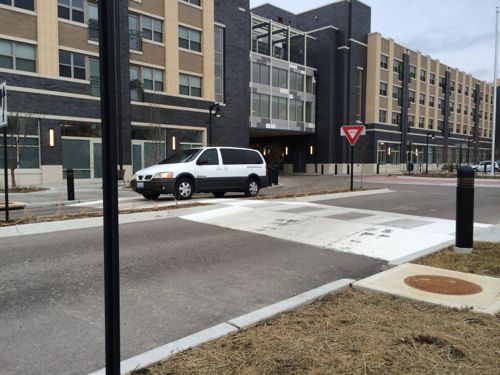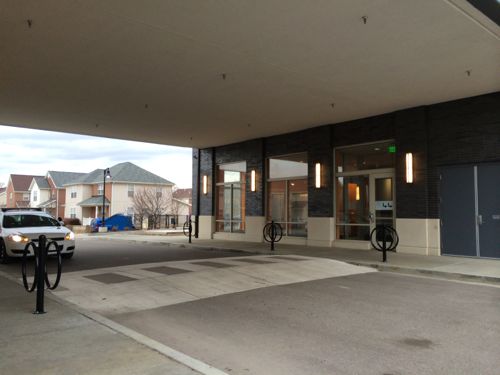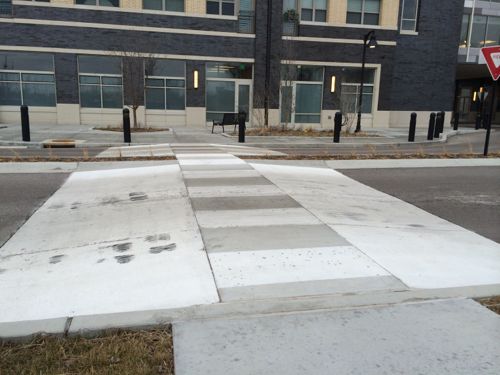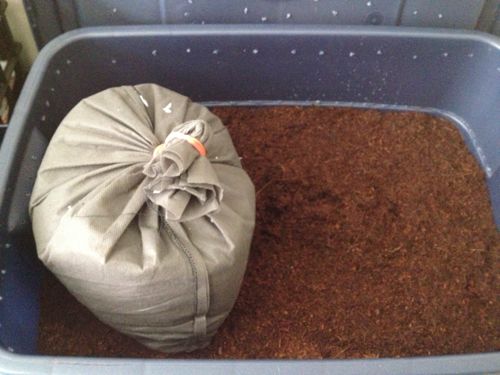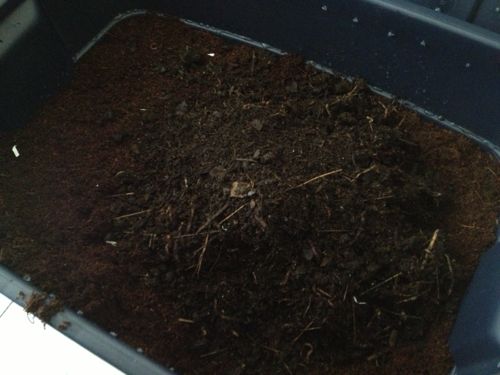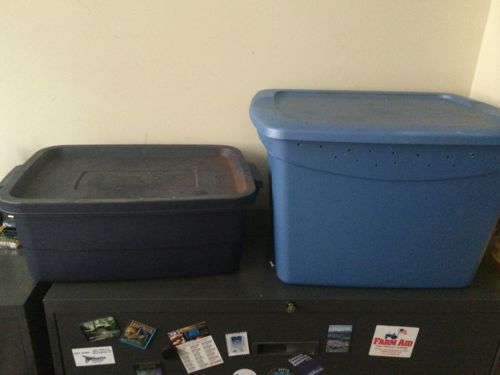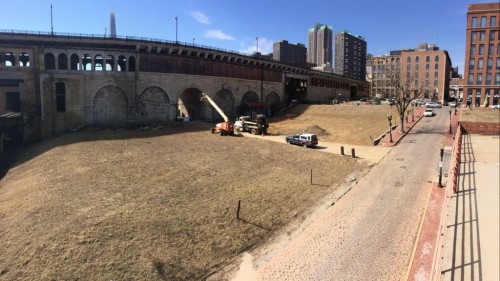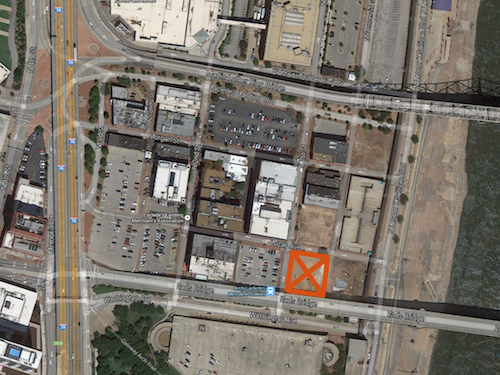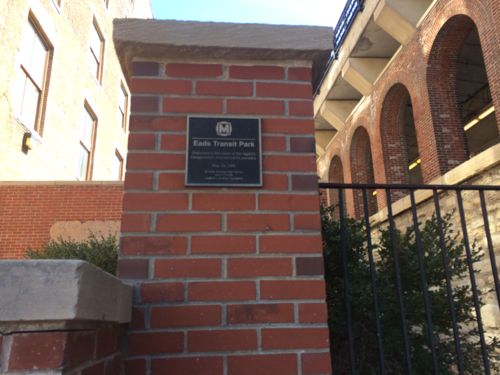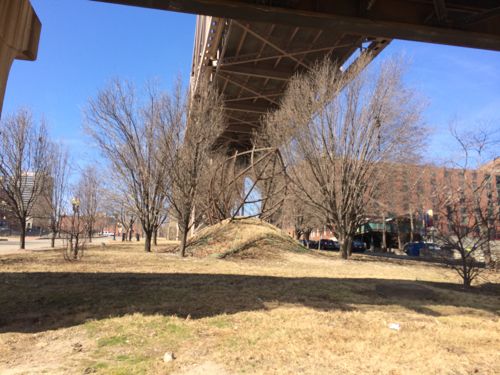March 17, 1978: Board of Aldermen Approve Downtown Shopping Mall Bills
In the 1970s civic leaders were busy destroying large swaths of downtown in order to retain/attract workers/employers & residents. In 1977 the Cervantes Convention Center opened with largely blank exterior walls and occupying 4 formerly separate city blocks.
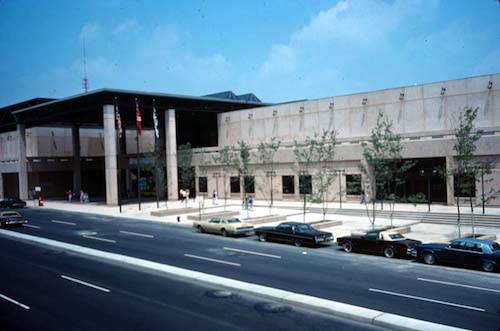
The following Spring, 36 years ago today, they continued in the same direction advocated by our first planner Harland Bartholomew decades earlier:
The St. Louis Board of Aldermen approved three bills that would set the stage to develop a proposed downtown shopping mall, with the only further step being the acquisition of federal funding. The headquarters of Stx, Baer, & Fuller, which would become Dillard’s just months before the mall’s completion, and Famous-Barr existed with one block separating them between Washington and Locust at 6th Street. The goal was to create an enclosed, urban shopping mall with these two companies as anchors, and the estimated budget was nearly $150 million. St. Louis Centre opened in 1985 as the largest shopping mall in America. It had over 150 stores and 20 restaurants, and was initially a great success. Challenges appeared in the 1990s however, as the Westroads Shopping Center was redeveloped into the St. Louis Galleria and stores began closing. St. Louis Centre closed in 2006, and since then has been redeveloped into a 750-car parking garage and retail center. (STL250 on Facebook)
Seven years later the internally-focused mall opened. The pedestrian realm in St. Louis was officially dead.
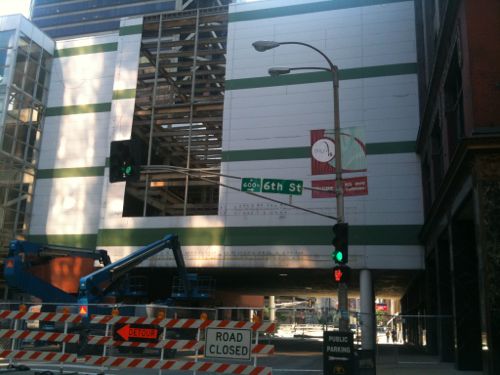
In the 1970s big indoor shopping malls were all the rage. We know now in an urban setting, like a central business district, turning blank exterior walls to the sidewalk and putting all retail activity indoors out of view to people passing by is a formula for disaster. In hindsight, it’s obvious. At the time few realized the magnitude of the mistake.
When the Cervantes Convention Center was expanded a block to the south in the early 1990s it was given a new more inviting facade, controversial at the time. St. Louis Centre was converted into a large parking garage in this decade, with retail spaces facing outward to the sidewalk. Slowly we’re relearning that a CBD can’t appeal to the suburban motorist. The urban core of any region should distinguish itself from the suburbs.
Suburbia can’t match old urban neighborhoods, usually failing when it tries. Conversely, older urban areas fail when trying to be like new suburbs. Most people chose suburbia, I get that. In the St. Louis region we have plenty of suburbia for those who prefer it, we need to double-down on making the City of St. Louis the pedestrian-froendly urban environment preferred by the rest of us. These can co-exist in the same region. Unfortunately, we’ve gotten to the point of having so little good urban area that those seeking an urban life have had no other choice but to leave the region.
A few urban block here and there won’t support an urban life, we need a city 100% committed to the urban dweller.
— Steve Patterson

